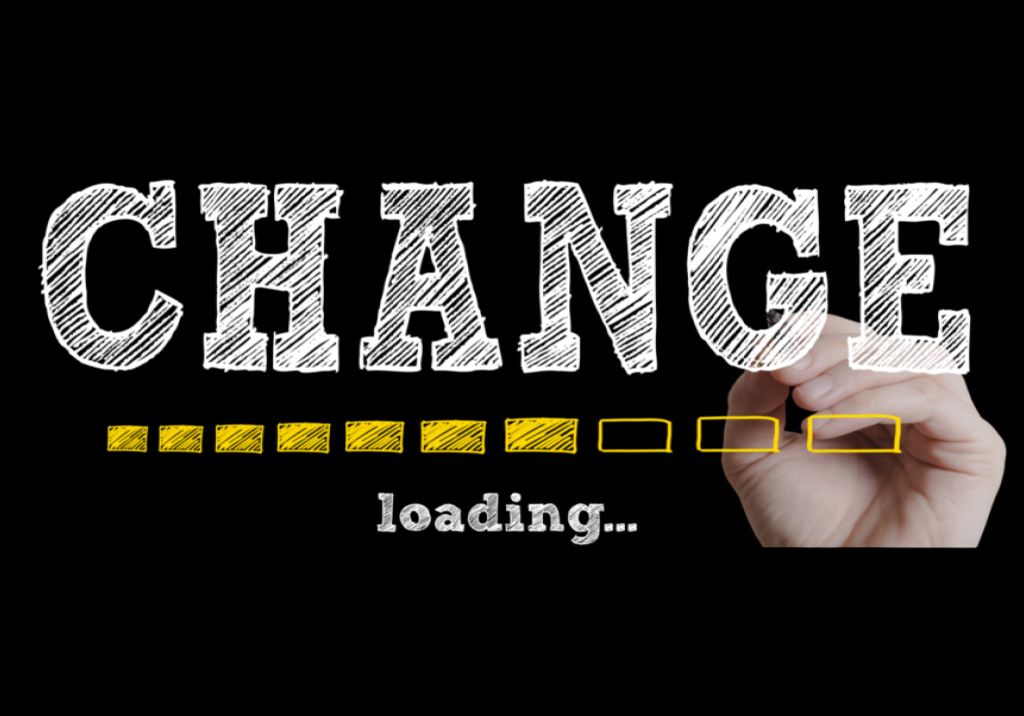What happens when a story catches your attention?
You are more engaged and likely to absorb the information or message in storytelling rather than the same information presented as facts. The power of storytelling and stories is documented. Stories give us a chance to learn from someone else’s experiences, which challenges us to think differently; stories can shape, strengthen, and make us question our opinions. Stories provide representation, validation, and perspectives that help to shape a future not yet in existence.
What happens when that story inspires change, imagination, and alternatives to a white-washed, majority-male perspective? Representation in stories matters. When we see someone who looks like us doing things we aspire to do, we are able to imagine new, greater possibilities for ourselves. When you are represented, you can see yourself in the change. The opposite is, however untrue, research has shown inclusive stories and language invite more minority groups into the conversation through representation without excluding the majority. One of the most toxic sentences in the English language is “This is how we’ve always done it.” Similarly, when said with a smile, one of the most imaginative and powerful phrases is, “What if…?” Hearing and reading stories of those who have historically been othered reveals the humanity and human potential at its core while championing imagination and inspiring “What Ifs” in those who have been systemically and structurally limited to believe in themselves and see open possibilities.
In the early 20th century, professionals who worked in mathematics, bookkeeping, and similar fields were named “computers” (the term “human computers" only emerged later as electronic, computational machines became more widely used). One of these such professionals, born in 1910, began her career sprawling long, complicated math equations by hand and was named valedictorian of her high school class. It’s no surprise this young brilliant mind went on to teach mathematics to other aspiring lovers of numbers.
By 1943, the teacher-turned-mathematician accepted what she believed would be a temporary position in the West Area Computing Unit at the Langley Research Center, part of National Advisory Committee for Aeronautics (NACA - predecessor to NASA); she was part of the first group of hires in the West Area Computing Unit at Langley Research Center and soon became the unofficial head, being named the acting Head of the unit in 1949. Over her 28 years at NACA and NASA, she specialized in flight paths, the scout project, and computer programming. She had the foresight to recognize that computers would soon replace jobs formerly filled by humans, so she learned computer programming and taught her female cohorts to prepare for the professional shift. One of her children went on to work at NASA, creating generational legacies.
In 2019, Dorothy Vaughn, one of the notorious three black women featured in the non-fiction book Hidden Figures (and the movie of the same name, and the first black supervisor at NACA, who went on to supervise both white and black employees at NASA, was posthumously awarded the Congressional Gold Medal and had a crater on the moon named after her.
Dorothy pioneered the fields of Mathematics and Science for Katherine Johnson, Mary Jackson, Eunice Smith, and Kathryn Peddrew, and the achievements of second-generation mathematicians and engineers such as Dr. Christine Darden.
Dorothy Vaughn, Katherine Johnson, and Mary Jackson were trailblazers of black excellence and female mathematics in the space race. They helped put John Glenn into space. Katherine entered high school when she was 13 years old; she was one of three black students chosen to integrate West Virginia graduate schools. She joined Dorothy at NACA and published several papers with engineers who became the core of the Space Task Group. She double-checking an electronic computer computations by hand to verify John Glenn’s pre-flight checklist.
Through her work with engineer Kazimierz Czarnecki on the Supersonic Pressure Tunnel, Mary Jackson became the first black female engineer at NASA and remained the only black female aeronautical engineer for quite some time. Later, she accepted a demotion to work at the Langley Federal Women’s Program Manager to inspire and support the next generation of female mathematicians, scientists, and engineers.
Stories of these women shared openly put women of color in the center of the narrative, where they have seldom been allowed in positive light by United States media. Overwhelming research shows that a person's knowledge of their family history correlates to higher self-esteem, lower anxiety, stronger familial cohesion, and better control over one’s life. Stories told from ALL perspectives and human experience, are valuable in supporting cultural wisdom and inherited knowledge. Often, some of the first skills of the home are passed generationally through storytelling; for example, consider cooking, repairing, tying your shoes, dressing, or organizing. You learn about models of living through early stories in childhood. Stories tell cautionary tales, spark imagination, create safety considerations and boundaries, cause listeners (and readers) to think of possibilities for their future, and conversely also often unexpectedly challenge a theory of “this is how we’ve always done it.”
According to Emily E. Drake, each person who hears the story begins to co-create new stories and to think about solutions. Stories make us look critically at our “traditional” practices and imagine the possibilities of change. Anthropologists and ethnographers have long known the value of collecting stories from different cultures. Stories can help us gain an understanding of new or tacit knowledge. Business consultant and author Stephen Denning uses stories to transform corporate organizations. Storytelling can be a powerful tool for catalyzing change; Stories can convey complex ideas in a meaningful and understandable way that helps people focus on a new idea in a non-threatening manner. In short, sharing stories builds trust.
Why is this important? Story sharing fulfills one of our most basic human needs: connection. We are pack animals, after all. In both personal and professional worlds, sharing stories has powerful implications for recognizing one another’s humanity in an increasingly disconnected but hyper-connected and overstimulated world. By sharing your story, you show another human your capacity for compassion, empathy, connectedness, and vulnerability. These are also not-so-coincidentally qualities sought in leadership as necessary skills of EQ to truly lead well.
Multiple studies illuminate the positive role diversity and story-sharing play in spurring innovation. By predicting what workplace culture will look like in the future, your company can get a head start on either resisting the changes you don’t think fit with your organization or getting yourselves ready for the inevitable - change and diversity is happening as more stories are shared, and more are invited into a collective, technicolor, gender-fluid future.
Seeking to connect with others in your personal and professional environment? Create a welcoming space for your cohort, your team, and your organization to share vulnerability with the purpose of connection and perspective. Champion untold, under-represented stories of those who are often not given voices or seats at the table in corporate spaces, and watch your group's narrative expand to the limits of the conversations you are willing to foster. Trust, by definition, is a transference of value. By sharing stories and creating a safe place for vulnerable stories to live freely, you also show others you value their full presence.









